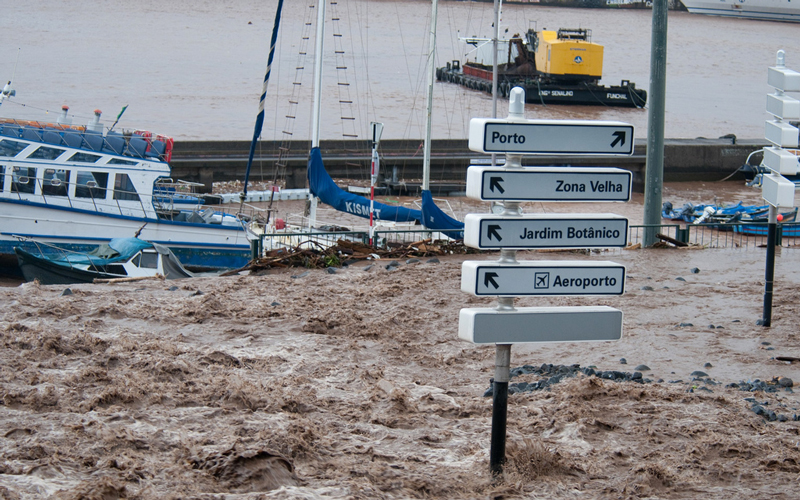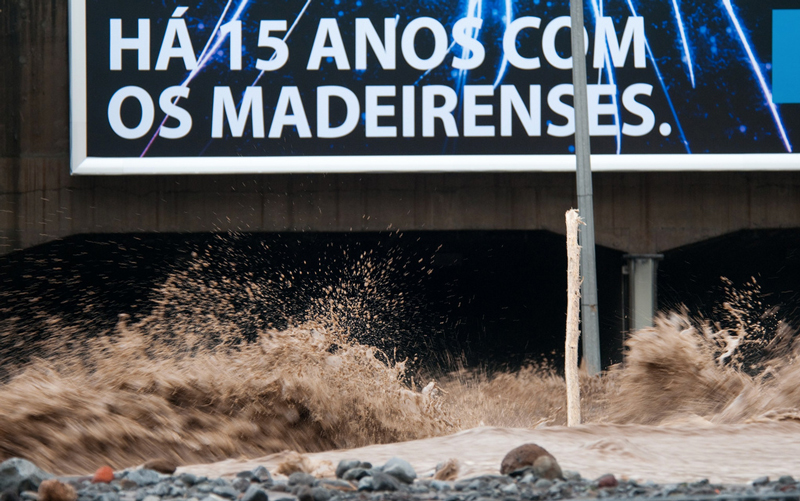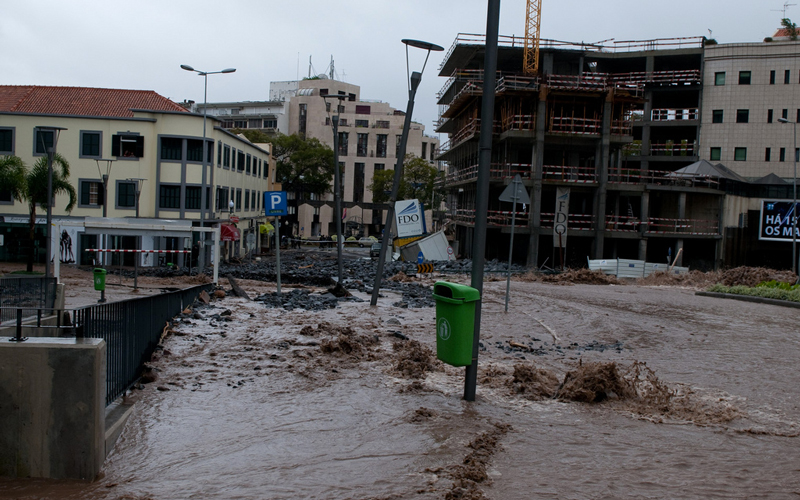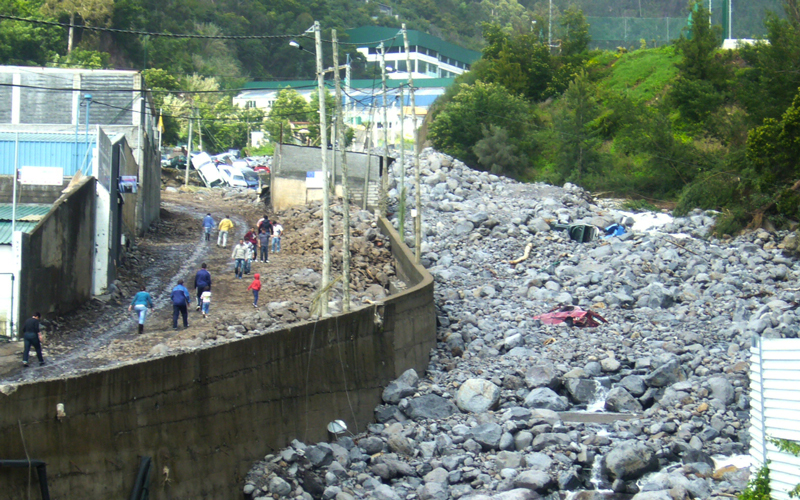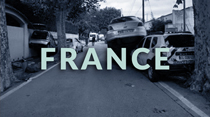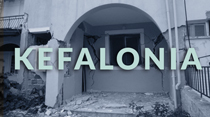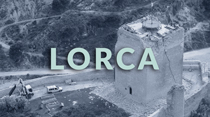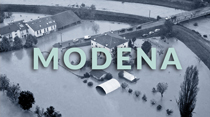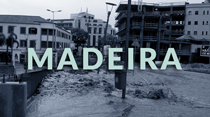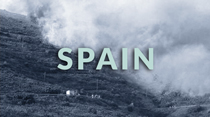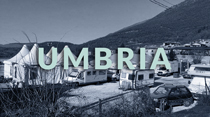The Portuguese showcase in a nutshell
20 February 2010 Madeira flash-floods
On February 20 2010 the island of Madeira was hit by torrential rainfall that triggered an exceptionally strong flash flood and several soil slip-debris flows. Impacts of this event include 48 confirmed deaths and around 250 injured. Close to 650 people lost their houses and there were extensive material damages and losses in infrastructures, public and private buildings, agriculture and businesses. Among other situations, 153 bridges were damaged, about 400 houses were completely destroyed or suffered severe structural damage and the waterfront of Funchal was left in need of significant reconstruction. In 2010, the Portuguese government estimated the total direct losses caused by this event to be 1080 million euros, although larger estimates were established later.
The complexity of the event and the severity of its impacts are the combination of debris-flows, landslides and flash-flooding that occurred in a short range of time as a consequence of an intense precipitation episode. Still, prior longer duration rainfalls played a crucial role by providing pre-existing conditions to the disaster (the anomalous wet 2010 winter in Madeira). The 20 February extreme rainfall event was preceded by very high precipitation events over the previous months (several stations registered more than three times of the average precipitation during the winter months) leading to an accumulated precipitation that saturated the soils and provided favourable conditions to increase the surface runoff and the flash-flood susceptibility of the Madeira drainage basins.
To cope with the disaster effects, the Portuguese government applied to the Solidarity Fund for assistance and was awarded a grant of 31.2 million euros. Additionally, the Portuguese Government also applied for a 250 million euros loan from the European Investment Bank to re-establish lost and damaged infrastructure caused by this event. Several risk assessment studies have been performed since this event to analyse the overall multi-sectorial impacts of this event (namely in the tourism sector which was significantly affected) and establish adequate risk mitigation solutions and mechanisms to prevent similar impacts of in future events.
Available data and expected uses of data
Detailed reports of damages and losses were prepared following the event for various purposes. For this reason, the case study is well suited for a number of applications, including the improvement of risk modelling capacity. The case study is expected to provide sufficient data to carry out an in depth investigation of the impacts on the three sectors that are the specific focus of LODE: critical infrastructures, businesses and cultural heritage.

